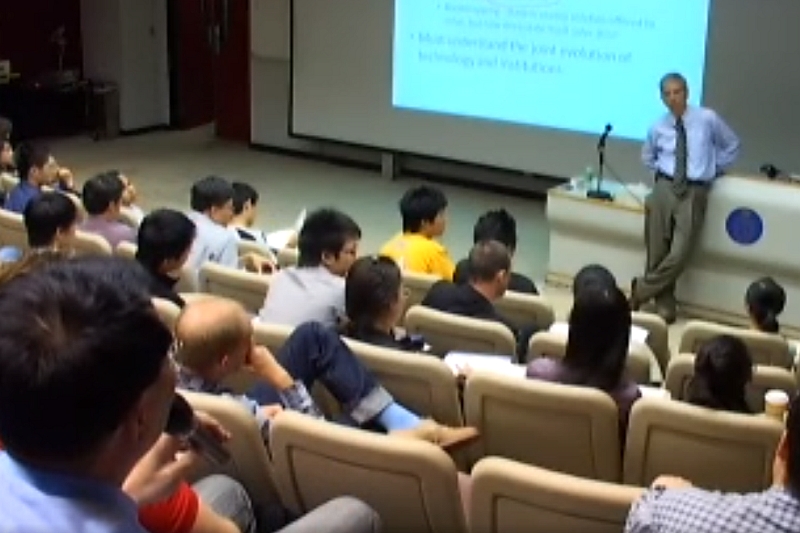Steel and States
Abstract
Two overarching forces have shaped human history: technological change and institutional innovation. Regions with a technological lead enjoyed faster technological progress. As a result, early technological leaders surged far ahead. A key positive feedback loop in this dynamic ran from better technology to greater population density, which fostered more technological change. Then, as population density increased, institutional innovation became increasingly important. People needed rules to be able to live and work together safely. The fundamental institutional innovation - a monopoly of violence held by a formal state - prevented violent predation from both within a group and outside, but a state that was strong enough to prevent violence was also strong enough to stifle technological progress. During the middle ages, technological leadership shifted to those regions that balanced the social control required to prevent violence and the freedom required to nurture discovery. This freedom required not just an absence of excessive state control but also state support via two specific institutional innovations – the freedom of the market, based on the institution of state protected rights to property and the freedom of science, based on very different institutions of patronage and free dissemination.
For most of human history, technological change and institutional innovation created ever widening gaps in standards of living between the most and least fortunate regions of the world. Recently, many lagging regions have begun to copy the best technological and institutional practices. For many people, the gaps are now shrinking. The remaining challenge is to help people trapped in regions with no effective state or with a repressive state that continues to impede the process of catching up.
About the speaker
Prof. Paul Romer was the primary developer of New Growth Theory, a body of work in economics that provides a fresh foundation for business and government thinking about wealth creation. He was awarded the Horst Claus Recktenwald Prize in Economics in 2002, named one of America's 25 most influential people by Time magazine in 1997, and was elected a fellow of the American Academy of Arts and Sciences (2000).
Prof. Romer is currently the STANCO 25 Professor of Economics at Stanford University. He is also the founder of Aplia, which develops and applies technologies for improving student learning. This work springs from his conviction that improving education will be the key to sustaining technological progress in the twenty-first century.



